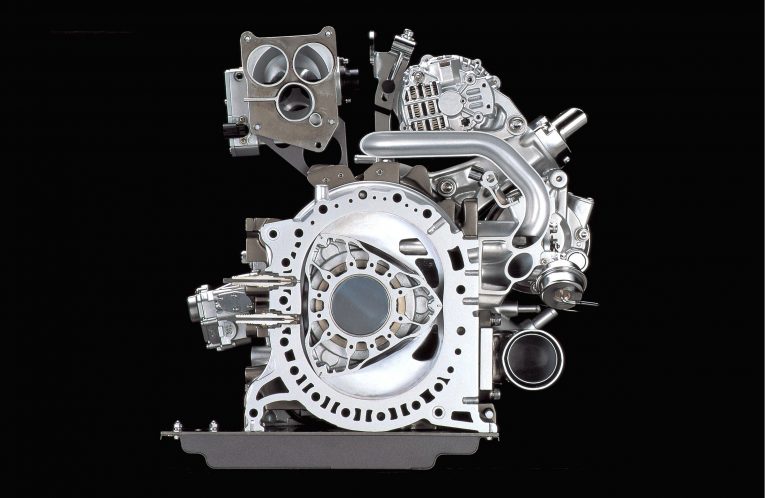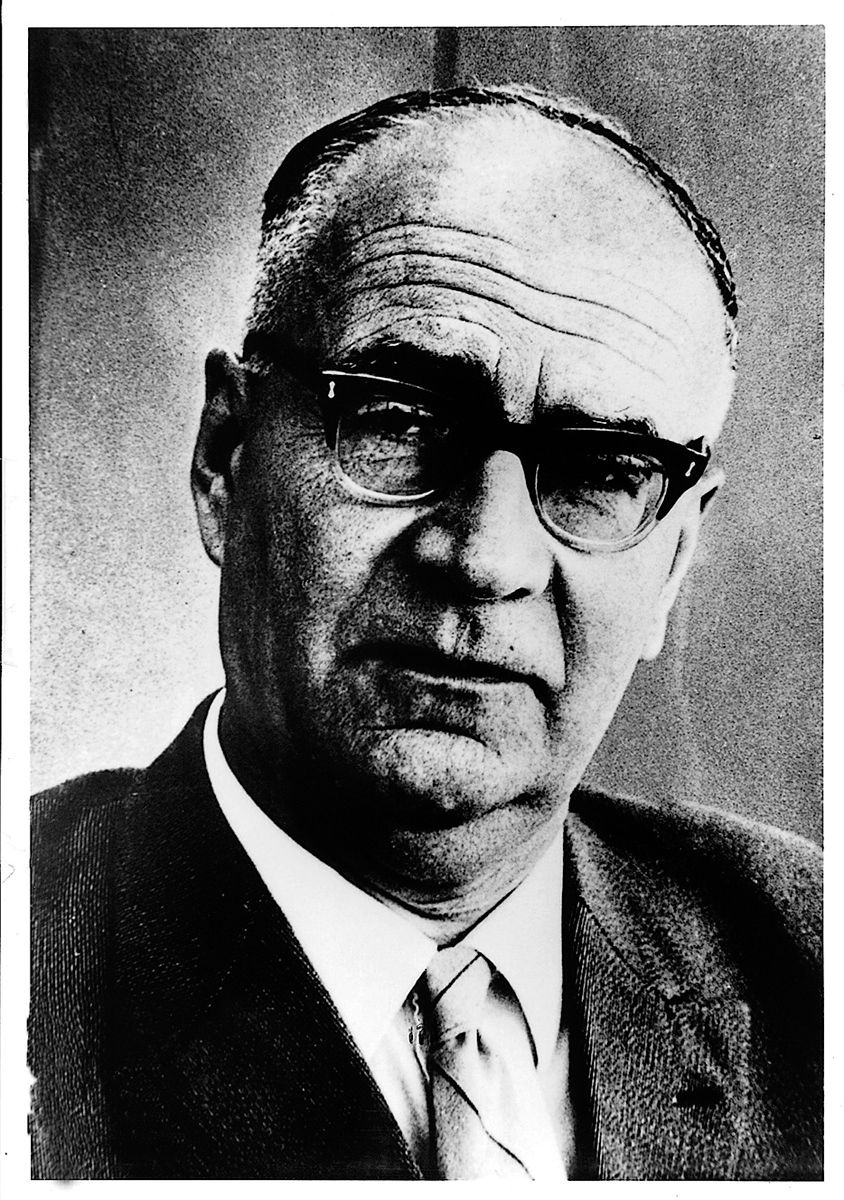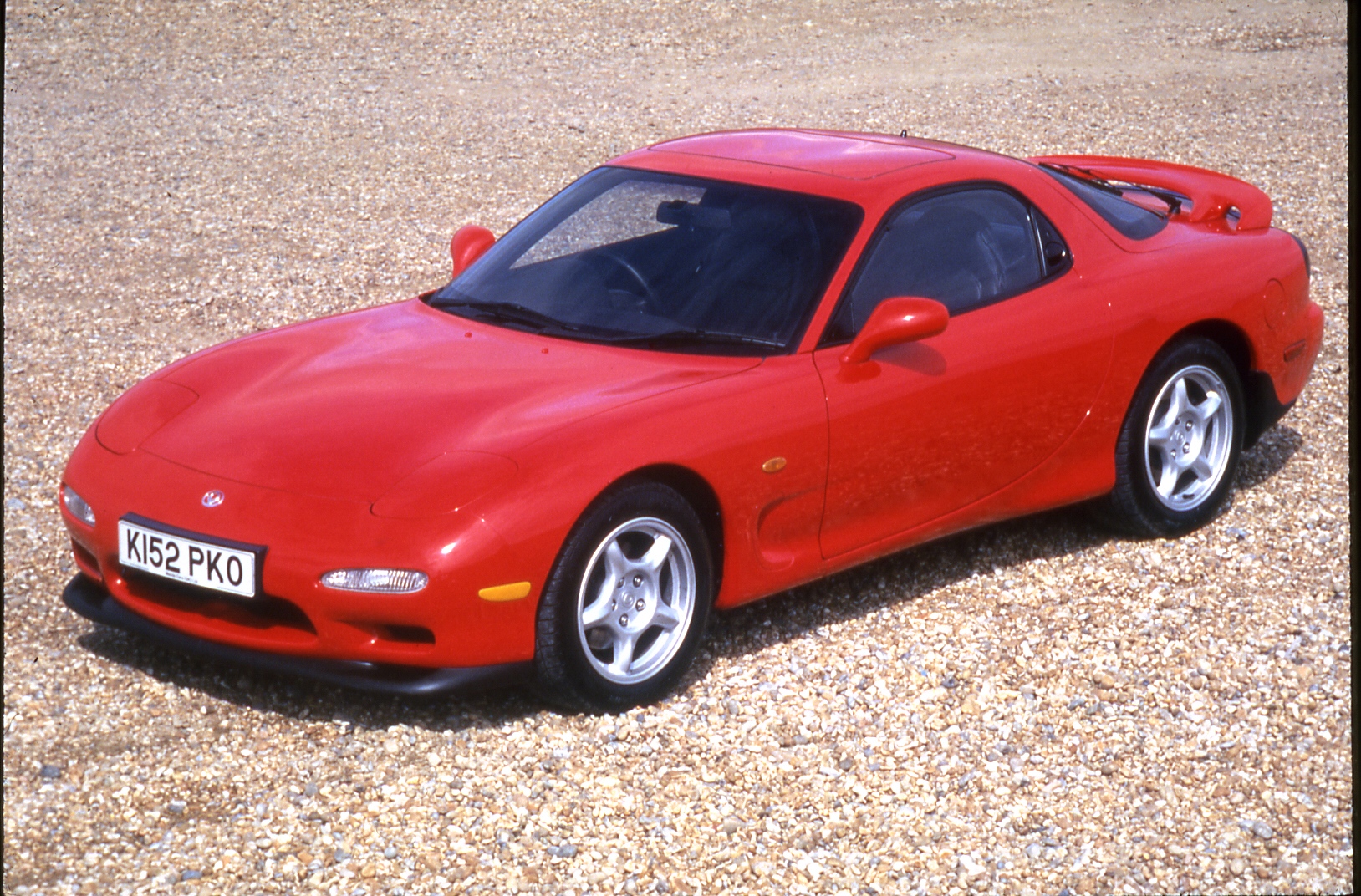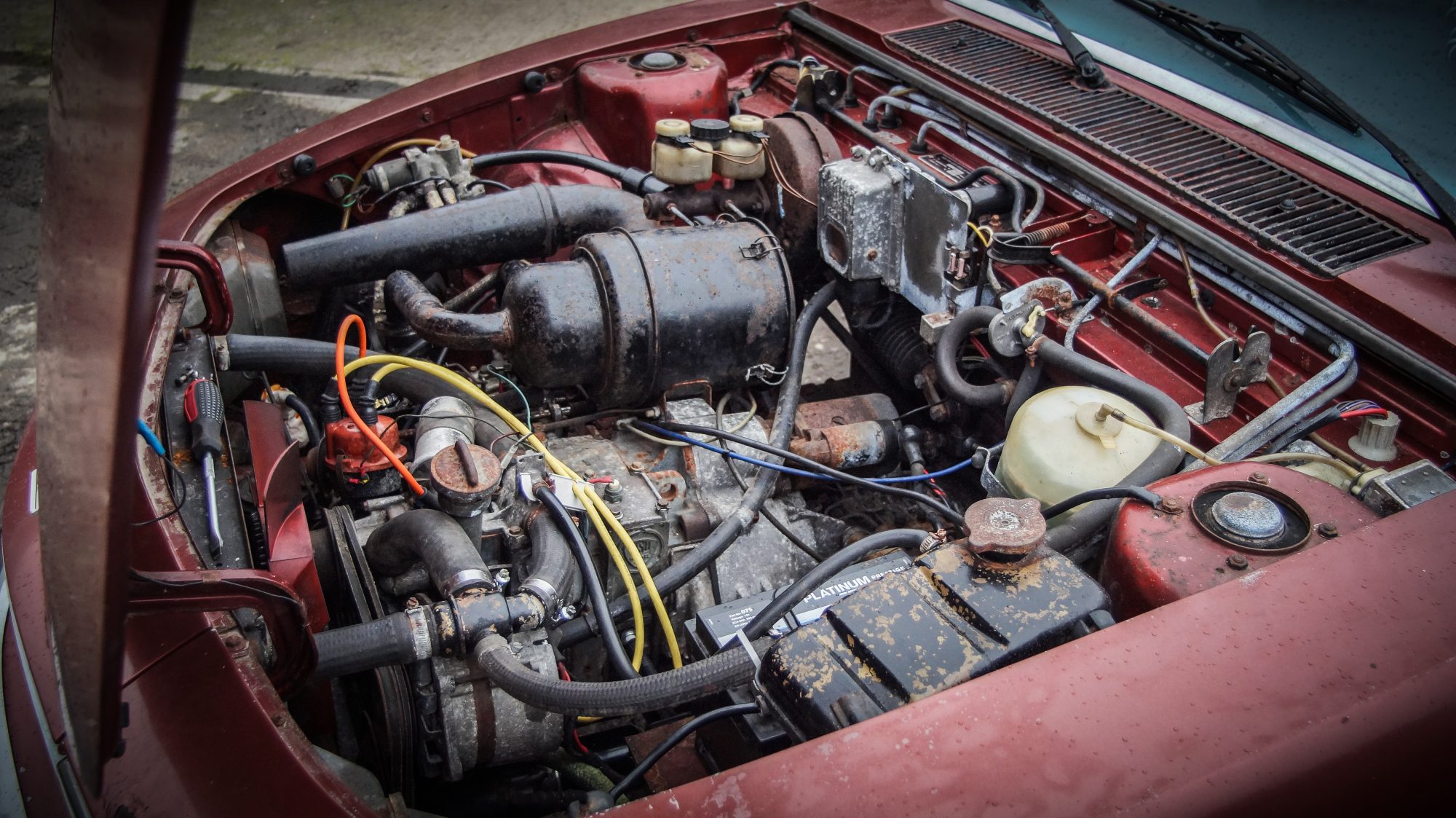Wankel – Strange Name, Stranger Engine

The internal combustion engine has endured surprisingly little change, relatively speaking, since its invention in the late nineteenth century, and the basic principle of suck, squeeze, bang, blow has remained a constant throughout its existence. Of course, there have been major developments along the way; fuel injection and forced induction to name just two, but essentially fuel and air go in, an explosion happens and the power produced henceforth propels you onwards. The Wankel rotary engine, although still an internal combustion engine at its core, really did break the mould, however in terms of design as it was radically different to the normal reciprocating piston powered engines that came before it. Instead, in simple terms, it used a triangular rotor spinning inside an oval to create three combustion chambers, allowing for a much more compact set-up. The Wankel engine has consistently polarised opinions and is both admired and admonished in equal measure. But it has been, and always will be a talking point amongst petrol-heads. It is advantageous over regular piston-driven motors in many ways but is not without its own inherent issues, which as we’ll discover would eventually lead to its demise.

History
Although popularised by Mazda, who in recent history successfully used the motor in their RX models, most famously the RX7 coupe, the Wankel engine’s meagre beginnings can be traced back to German engineer and inventor Felix Wankel. Felix imagined the concept in 1924 and he received his first patent for the design in 1929. Although, due to complications arising from the Second World War, the first motor didn’t see the light of day until 1957, where it appeared in the form of a functioning prototype.
The first vehicle to be powered by the engine after years of development was the German NSU Spider in 1964, a two-door cabriolet designed by Bertone. However, it wasn’t actually Felix’s design that made the cut. A second engine, dubbed the KKM had also been developed in 1951 by Hanns Dieter Paschke, an engineer who was working with NSU, and this design is the one that was embraced as the basis for the modern Wankel engine and subsequently made its way into the Spider. The KKM motor was adopted in favour of Wankel’s DKM version because it was easier to service and repair despite the DKM arguably being technically superior. Wankel was not involved in the development of the KKM and so perhaps the Wankel engine itself is somewhat of a misnomer, but that’s for another discussion.

Back to the Spider then. Even though it was a gorgeous little drop-top with decent performance for the time, it was plagued by unreliability, mainly due to worn apex seals in the engine. These seals are attached to the three points on the rotor where it is closest to the housing, closing the gap and keeping the fuel and exhaust gasses in place. This was a major problem that afflicted the rotary engine throughout its life and fundamentally contributed to its dissolution. NSU tried again with the Ro 80, a rather pretty four-door offering but again, the apex seals were the car’s Achilles heel and the cost of development and repairs to the engine, along with growing customer dissatisfaction with the brand, caused NSU to give up the ghost in 1969, at which point they were swallowed up by Volkswagen.

Enter stage right: Mazda
The Japanese have always been known for their tenacity and work ethic. Ganbaru is a word unique to the Japanese which basically translates to slogging it out, committing one hundred percent to a task until the bitter end. The reason I mention it is because this word perfectly describes Mazda’s Kenichi Yamamoto and his team of 47 engineers (nicknamed the 47 Ronin) who, beginning in 1961, doggedly worked to develop a version of the Wankel engine that would be commercially viable and could be mass-produced. Concentrating on improving those pesky oil seals and testing every material they could get their hands on to try and solve the problem, including animal bone, Yamamoto’s team finally produced an effective and reliable version of the Wankel engine by modifying the shape of the seal itself instead. This led to the production of the Mazda Cosmo. A GT sports car that was fitted with a dual rotor version of the Wankel engine that went on to be a successful racer at the 84-hour Marathon de la Route at The Nürburgring.

This racing pedigree continued with the Cosmo’s successor, the RX-3 (or Savanna to give it its domestic title) in the early seventies. As well as being an accomplished road car the Wankel powered RX-3 went on to out-perform rival Nissan Skylines to win on its racing debut at the Fuji 500 in Japan, going on to snatch many more titles throughout its illustrious career.
A new era, but a rather short-lived one
Fast forward past the more powerful RX-4 and the US inspired REPU pick-up truck, both Wankel-powered, and we get to the era-defining RX-7 and this is where things start to get interesting with the introduction of forced induction. At this point in time, rotary engines were not as flaky as they had been in the past and Mazda’s motorsport experience led to the development of the RX-7, a full-on sports car. Initially naturally aspirated, the second generation cars debuting in 1986 came with the addition of a turbocharger. Combined with the high-revving Wankel motor, it was a match made in heaven and all of a sudden the rotary engine was no longer seen as a second class citizen. Twin sequential turbos were added to the third generation cars in the early nineties and the RX-7 had evolved into a seriously fast car, securing its place in the history books. However, the complicated turbos often failed and this, combined with the car falling foul of Japanese vehicle dimension regulations, which saw higher taxes for drivers of larger cars, meant that the RX-7 was in decline. Unfortunately, Mazda’s legendary win at the Le Mans 24 Hour in a four-rotor Wankel-powered car along with other notable racing conquests did little to boost sales and the RX-7 was discontinued.

What followed in 2003 was the RX-8 and with it came a further development of the Wankel engine in the form of the Renesis which was designed to reduce emissions and improve fuel efficiency. The turbos were dropped in favour of redesigned intake and exhaust ports which increased the compression ratio and therefore the overall power output, and the engine scooped a bevy of awards at the time. Ironically though, the car was eventually canned for failing to meet emission standards and with the end of the RX-8 came the end of the Wankel engine, for now at least.

Pros and Cons
The main advantages of a rotary engine over a conventional motor are its size and weight. Much smaller and lighter than a traditional piston based engine, the Wankel produces impressive performance in relation to its small volume. It is also much smoother due to lack of said pistons and less moving parts. When all is said and done, it’s a far simpler design.

So, why aren’t we all driving cars fitted with Wankel engines? I hear you cry. Well, the design is not without its flaws and some of them are pretty major. We touched on the apex oil seal issue earlier and this is caused due to the combustion chambers operating at drastically different temperatures. Whilst the intake side is relatively cool, the exhaust side is much hotter and this makes it incredibly difficult to seal effectively as the rotor travels around the housing. Incomplete fuel ignition is also an issue due to the shape of the combustion chamber which causes the air and fuel mix to burn more slowly leading to some of the fuel remaining un-burnt. Albeit by design the engine also burns oil. In order to keep the rotor lubricated, oil is pumped into the engine housing but some of this oil inevitably makes its way into the combustion chamber. All of this combined leads to poor efficiency and high emissions, a big no-no in today’s environmentally conscious world, and it was ultimately the Wankel’s downfall.
The future
What the future holds for the Wankel rotary engine remains to be seen. Mazda seem to be continuing with development although not quite as fervently as Yamamoto and his team back in the sixties and it will take major improvements in design and materials to address all of the problems we’ve touched on here. For now, let’s just remember the Wankel for what it was; an extraordinary and inventive take on the internal combustion engine that leaves a hugely successful racing legacy in its wake, as well as spawning a truly iconic car in the RX-7.


